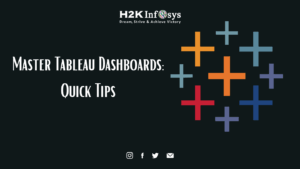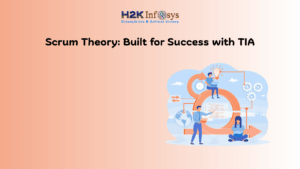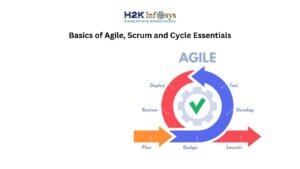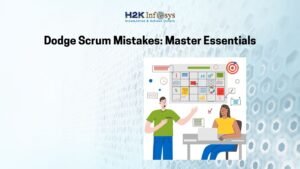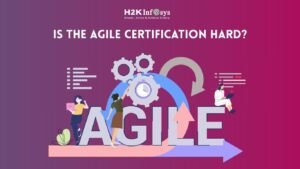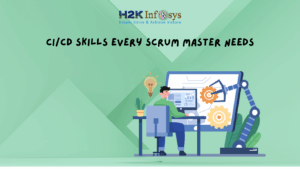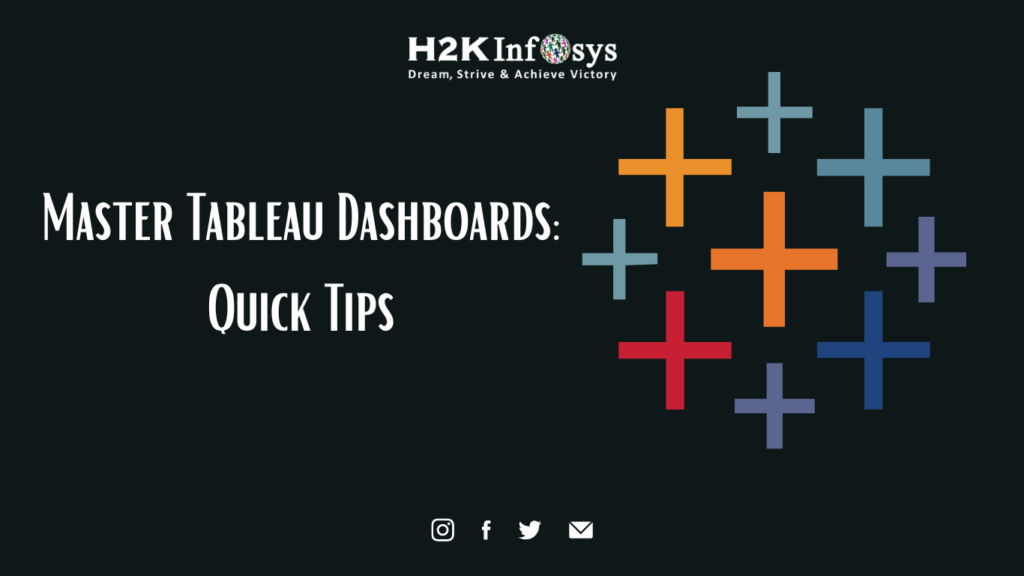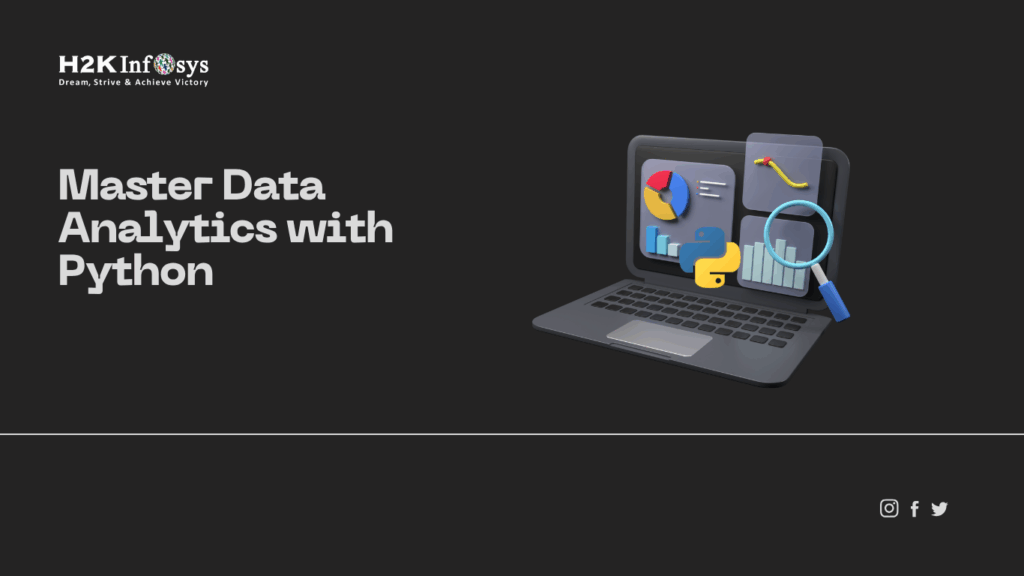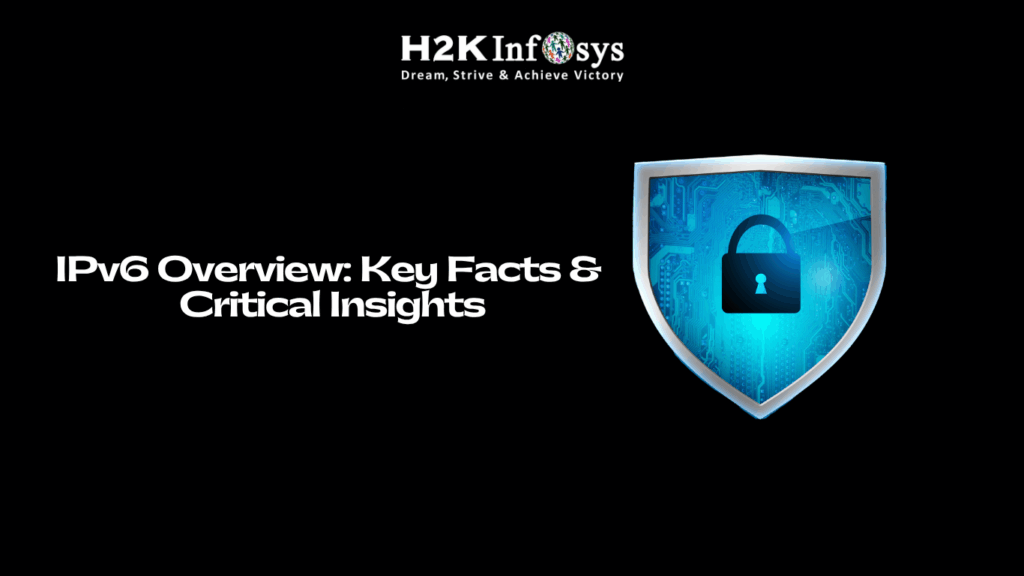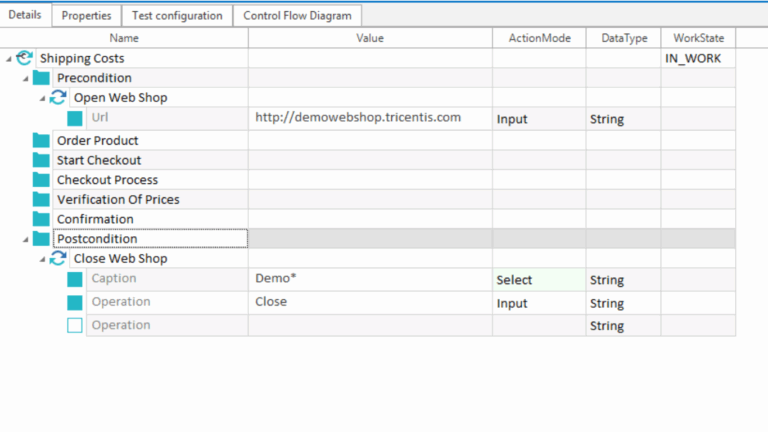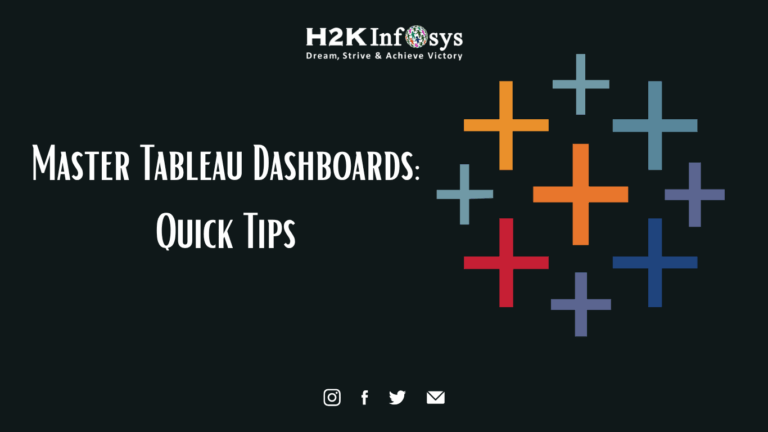In the world of modern project management, particularly in the software development industry, the Agile framework is a shining example of effectiveness and flexibility. Its methods, like Scrum and Kanban, have completely changed how teams work, especially in the tech sector.
Due to its higher project success rate compared to rigid waterfall methodologies, agile software development has gained popularity in recent years. Nonetheless, the results of the survey indicate that incorrect choice of agile approaches contributed to the failure of 50% of projects implementing agile software development.
It can be difficult to choose the best agile technique for developing software in an agile manner. Switching to an agile methodology also has some inherent risks.
The world in which we live is rapidly evolving. The way we live and work has been greatly impacted by technology, and many of the things we take for granted now were nonexistent only a few years ago. Either personally or from a corporate standpoint, there are advantages and disadvantages to such a rate of change. In light of this, how can we embrace this change and maximise the benefits for our clients, businesses, families, and coworkers?
It is essential for business leaders to understand the subtleties and applications of these frameworks if they are thinking about moving to Agile approaches or reviving a transformation that has stagnated. The purpose of this article is to simplify Agile frameworks and provide guidance on how to use them in a flexible way to get the best possible project outcomes. To learn more, you can check out the Agile development certification course online.
1.Contextual Application of Agile Methodologies
Acknowledging that the framework selection is dependent on the project’s work type and context is the first step towards adopting Agile.
Scrum, for example, is appropriate for situations requiring careful planning and team synchronisation. On the other hand, Kanban works best in settings where there is a continuous flow of work, such as customer service operations, where it helps maintain a consistent workflow.
The chosen Agile methodology will complement the distinct dynamics of your project and team thanks to this contextual alignment.
2.Agile’s Flexible Methodology
Agile’s ability to adapt is its real strength. It isn’t limited to particular team types or strict rules. Rather, it promotes a flexible strategy that allows for the blending of approaches like Scrum and Kanban.
For instance, a team may choose to use Scrum’s sprint planning in addition to Kanban’s visual task management. Teams can customise their Agile practices to meet their unique demands because of this flexibility.
3.The Experimental Nature of Agile
Agile is a philosophy that encourages experimentation rather than just a set of rules. Rather than jumping headlong into a framework, Agile encourages teams to analyse their problems, try out several approaches, and evaluate the results.
With this strategy, teams can develop a culture of continuous improvement by learning from and improving their processes in response to input and outcomes from the real world.
4.Combining Frameworks for Enhanced Results
Sometimes the finest outcomes come from combining several Agile frameworks. This hybrid technique combines the flexibility of Kanban with the structured nature of Scrum to provide a methodology that is well-balanced.
These combinations work especially well in mixed contexts where it’s necessary to be both predictable and adaptable.
5.Respect and Flow: The Essence of Agile
Agile is really about treating the team and their process with respect. It places a strong emphasis on comprehending team dynamics and working styles to make sure that the selected Agile approach fosters a positive and effective work environment.
This also applies to workflow management, which aims to improve overall efficiency by establishing a seamless, continuous flow of jobs.
6.Measurement and Experimentation: Agile’s Pillars
Agile is fueled by measurement and experimentation. Teams are encouraged to experiment with various strategies and carefully assess their efficacy.
This data-driven approach guarantees that choices are supported by observable outcomes rather than conjecture, pointing teams in the direction of the best practices for their particular situation.
7.The Evolutionary Nature of Agile Practices
Agile is dynamic; it changes with experience and time. Techniques that were once commonplace in Agile talks, like the Spotify model, have changed over time.
The aforementioned progression highlights the significance of maintaining flexibility and receptiveness to modifications, guaranteeing the continued applicability and efficiency of Agile approaches amongst evolving project environments.
Conclusion
To sum up, agile frameworks are an excellent resource for project management, but their efficacy depends on how well they are applied. Business executives who want to adopt Agile must first understand the particular requirements of their teams and projects in order to customise the Agile methodology.
Whether it’s the continuous flow of Kanban or the rigid planning of Scrum, the appropriate Agile methodology can completely change the way your team works and improve the efficiency and flexibility of your projects. Check out the Agile certification training online to learn more.



